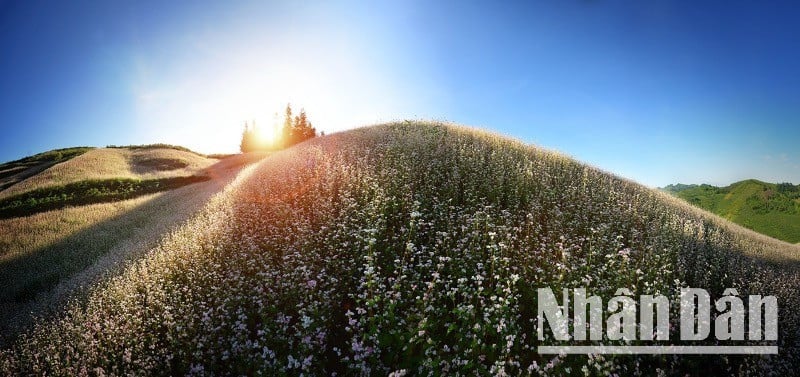
Actively update maps, reposition destination images
Merging administrative units This means that the geographical map, name, and identification of the destination will change. Tourism is a field closely linked to place names, culture, and history. These changes directly affect the promotion, product organization, and tourist selection behavior. Without a coordinated preparation plan, the name change can make tourists, especially international tourists, confused when searching for information, leading to a decrease in the effectiveness of destination marketing.
In fact, many localities have formed tourism brands based on administrative names. These names are the result of the process of accumulating recognition value through many years of promotion, introduction and imprinting in the minds of tourists. Therefore, it is necessary to develop a system of communication documents suitable for the new administrative boundaries, updating the entire tourist maps, destination guides, online introduction systems according to new place standards but still ensuring the inheritance of the old brand image.
In addition to updating information on locations, tourism programs need to be organized in a way that expands the experience space and increases regional connectivity. For example, after Hai Duong and Hai Phong merged, tourists can experience a tour of swimming in Do Son beach, exploring Lan Ha-Cat Ba bay, then going back to visit Con Son-Kiep Bac, Chu Van An temple, etc. Ecological-cultural-historical diversity will be a new strength if properly planned. This approach not only creates a rich experience but also helps increase the length of stay, increase spending and enhance the economic value of tourism.
In particular, the application of digital technology such as online maps, interactive videos, virtual reality, and smart tour booking platforms will be the key to quickly catch up with modern marketing trends. Updating information, tour guides accurately explaining locations, and introducing clusters of destinations according to new administrative units will avoid confusion and demonstrate professionalism in organizing tourism products.
According to Mr. Nguyen Tien Dat, Vice Chairman of the Hanoi Tourism Association, travel agencies need to promptly grasp changes in administrative boundaries to adjust tours and products, especially for international tourists who do not have a thorough understanding of Vietnam's provinces and cities. Localities with great potential need to comprehensively evaluate tourism resources after the merger to discover and build new routes and tourism clusters with intra-regional connectivity.
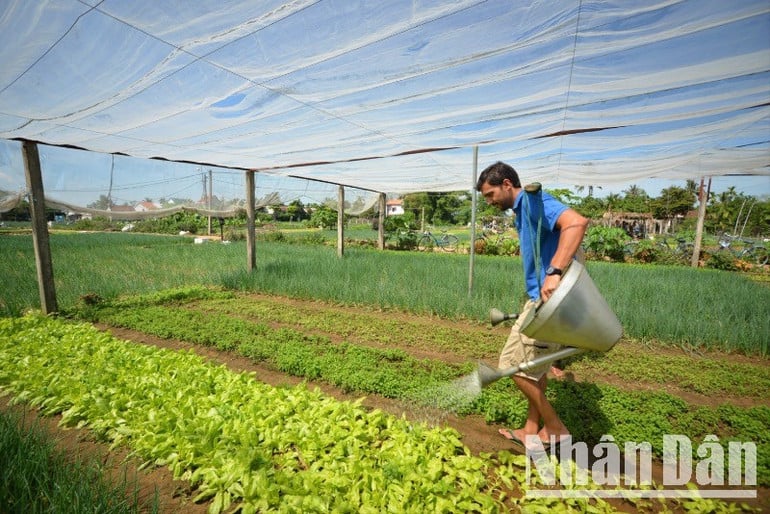
Preserving identity in the expanding tourism space
One of the challenges of the merger process is the risk of blurring local identity. This is the core element that creates the unique appeal of each destination. Ha Giang has become a strong brand on the international tourism map thanks to the Dong Van stone plateau, Lung Cu flagpole, buckwheat flower fields, Khau Vai love market, and the culture of the H'Mong, Dao, and Lo Lo ethnic groups.
If not careful, the process of changing the name can lead to the “disappearance” of a widely recognized brand. The name “Ha Giang” no longer exists in the administrative system after the merger, but this place name needs to be retained in tourism products to ensure continuity and continuous association for tourists with the imprint of the stone plateau, traditional festivals of ethnic groups and majestic mountainous terrain…
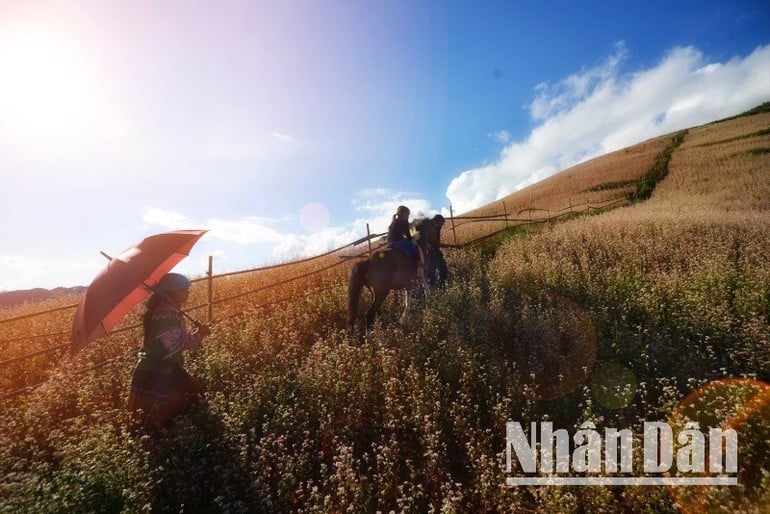
In mountainous and coastal provinces, the cultural identity of ethnic minorities such as the Ma, Cham, Nung, and Pa Then… needs to be preserved and promoted in the inter-provincial space. This is a special resource that has a strong attraction for international visitors and groups of tourists who love to experience indigenous culture. Merger is not only a geographical accumulation but also an intersection between different cultures, historical values and customs. After the merger, these values need to be respected, preserved and promoted in a larger spatial planning. Therefore, preserving and promoting the unique identity of each locality is a factor that retains tourists and at the same time creates a difference in the product chain of the new province.
Mr. Bui Hoai Son, a full-time member of the National Assembly's Committee on Culture and Society, said that new tourism spaces need to be planned on the principle of respecting cultural identity.
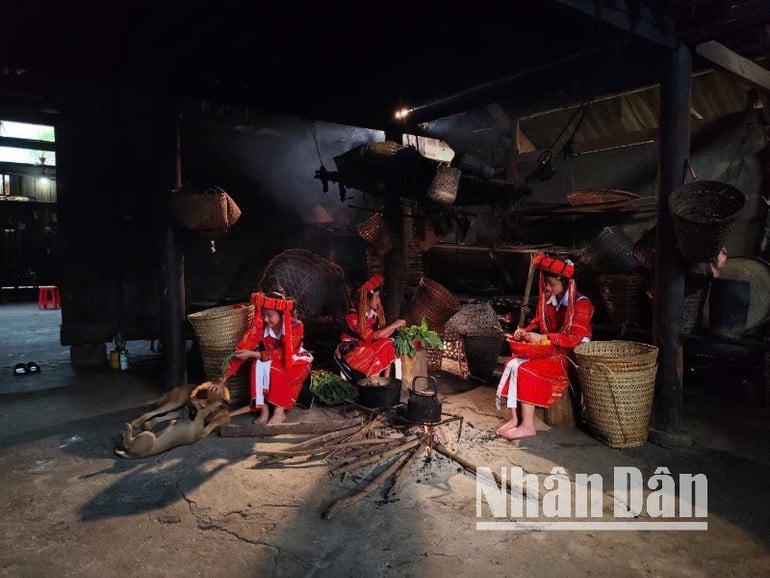
The change of administrative name will lead to changes in geographical knowledge, culture, routes, etc. This requires tourism staff, tour guides, service staff, homestay owners, local cultural officers, tourism collaborators, etc. to be retrained to adapt to the new development space. This not only helps improve professional capacity but also helps the tourism workforce confidently introduce destinations in the new context, handle situations flexibly and create a good impression on tourists. In addition, tourism communication work also needs to shift to the form of regional linkage. Promotional campaigns should focus on new tours, new clusters of destinations associated with the new brand identity of the province.
The issuance of new tourism maps, organizing events to introduce special tour routes, and participating in international tourism fairs with a new provincial brand identity will be necessary steps in the transition period. Localities need to proactively appear with a professional appearance, consistent information, images, and communication messages on digital platforms, websites, and social networks. The consistency and clarity of information will contribute to retaining tourists in a changing context. In addition, the coordination between media agencies and the tourism industry in organizing inter-provincial promotional programs, video and photo contests about new tourist areas, or field trips for the press, bloggers, etc. will create a higher spread and social consensus.
Careful preparation will create new space for the tourism industry to develop in a systematic, professional and sustainable manner. On the basis of open space, localities have the conditions to restructure tourism products, establish close links between industry clusters, economic regions and residential communities. This is a favorable condition for forming multi-value tourism models such as smart agricultural tourism, green tourism, tourism associated with digital transformation...
Source: https://baoquangninh.vn/chien-luoc-du-lich-thich-ung-truoc-thoi-diem-sap-nhap-3361276.html


![[Photo] Da Nang: Hundreds of people join hands to clean up a vital tourist route after storm No. 13](https://vphoto.vietnam.vn/thumb/1200x675/vietnam/resource/IMAGE/2025/11/07/1762491638903_image-3-1353-jpg.webp)





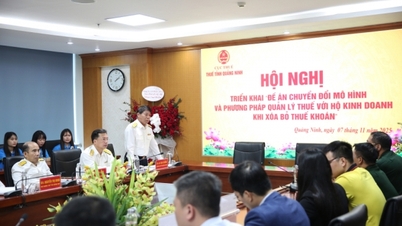
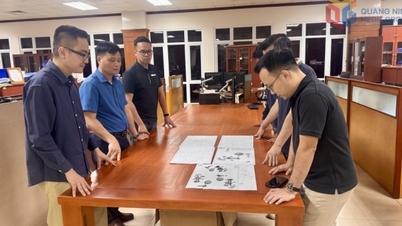
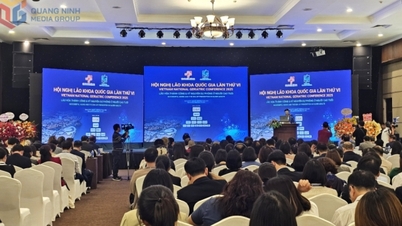
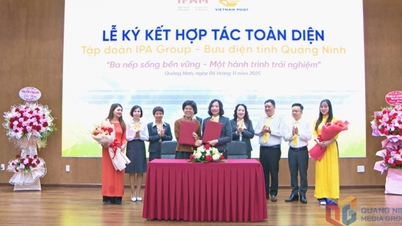


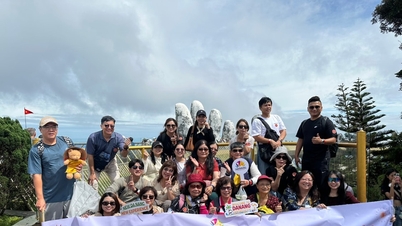





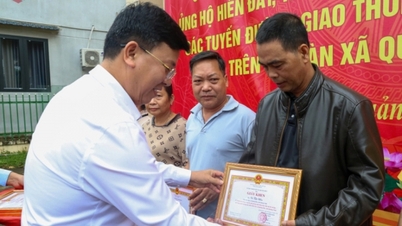
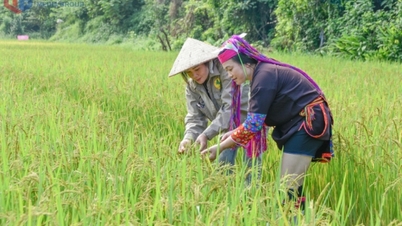

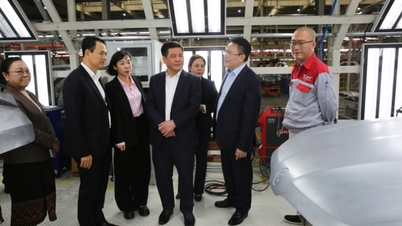
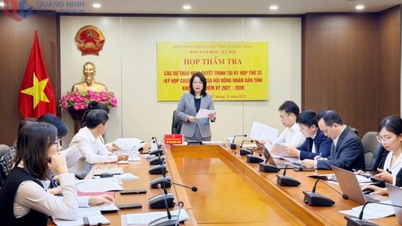




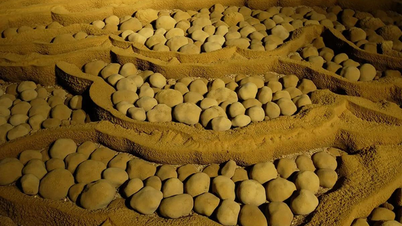

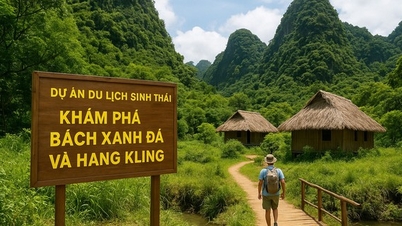




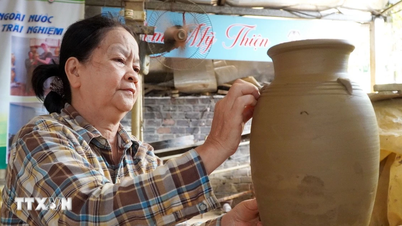





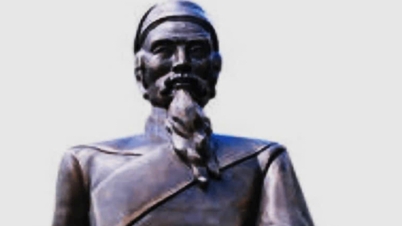





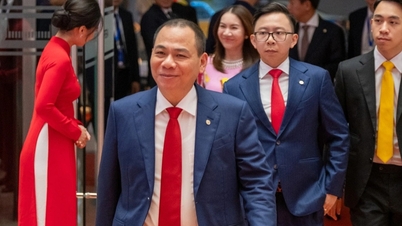


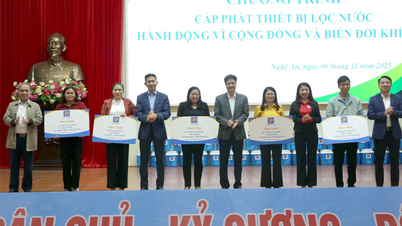


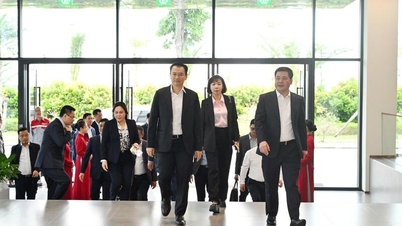
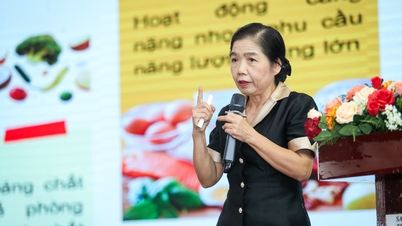


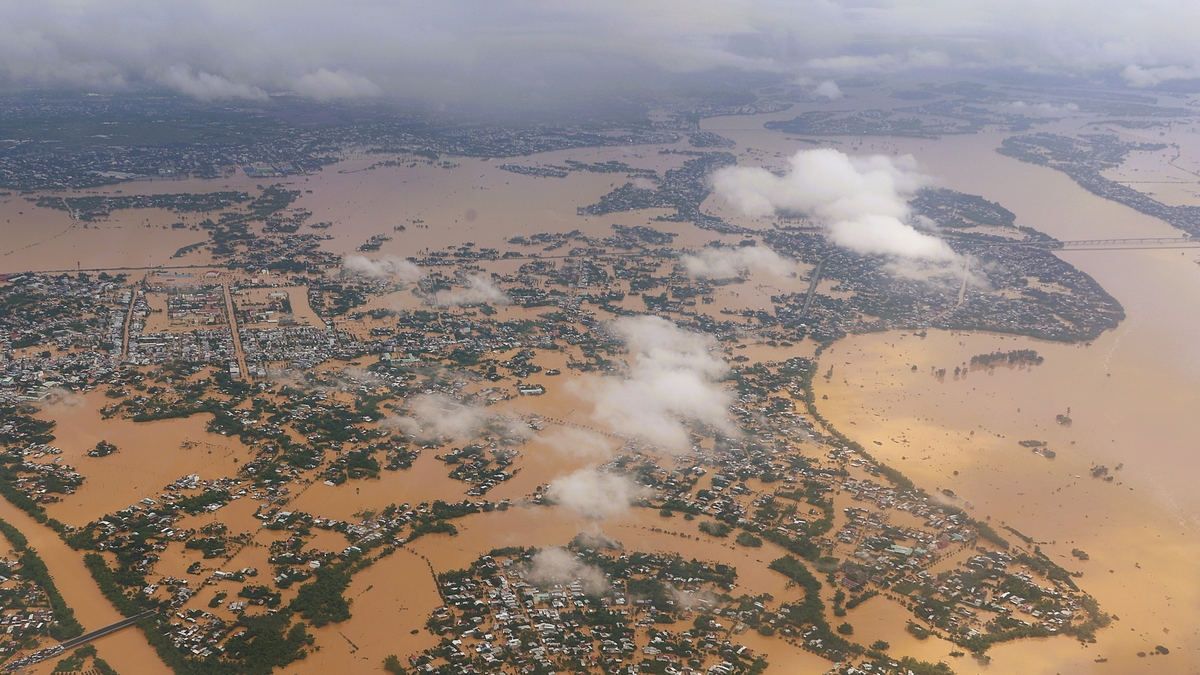



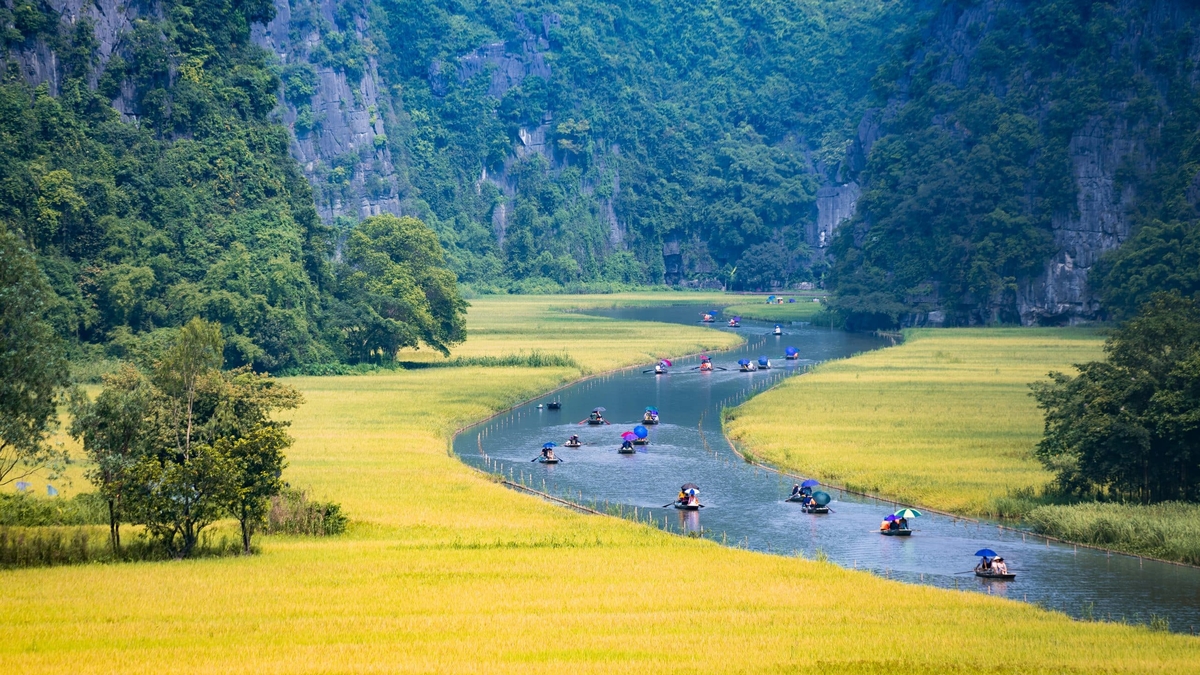
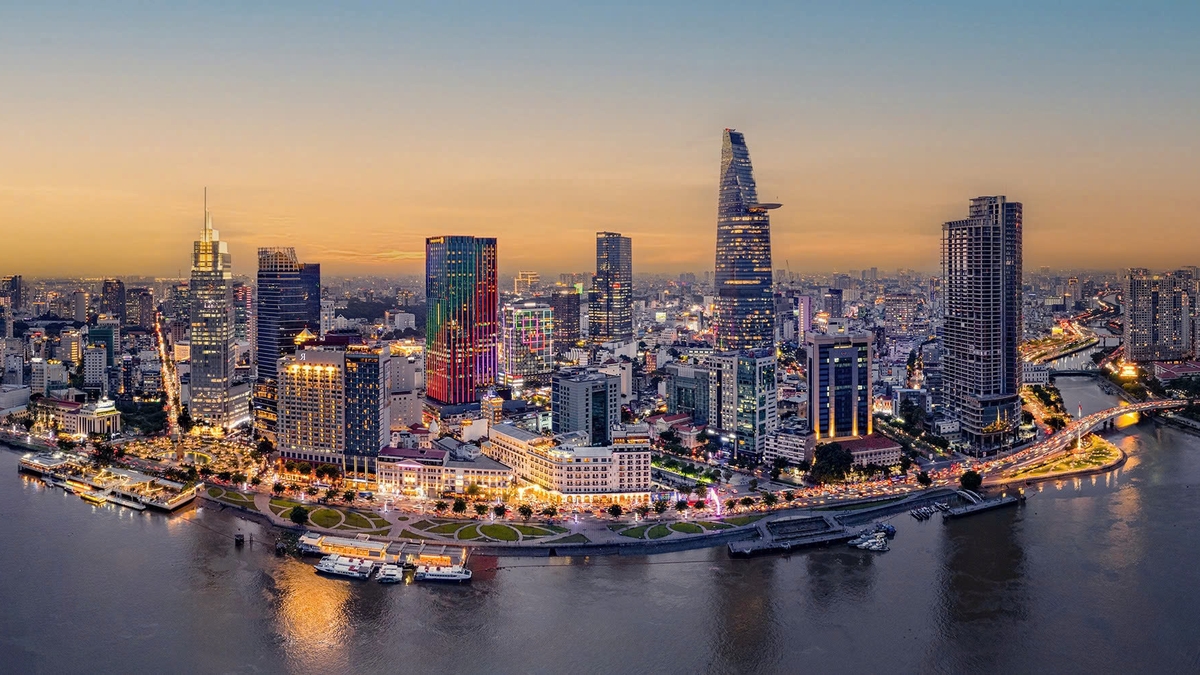




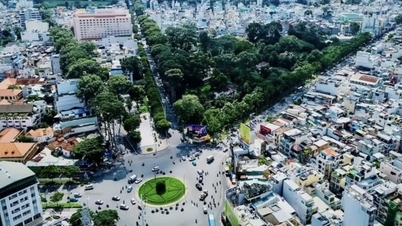



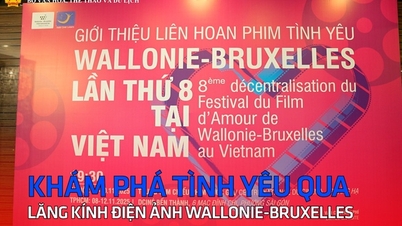

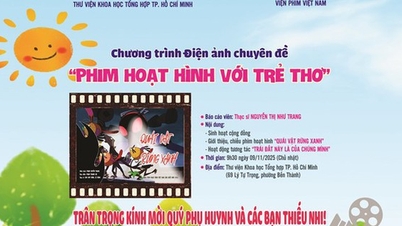

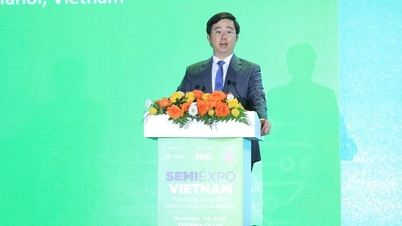

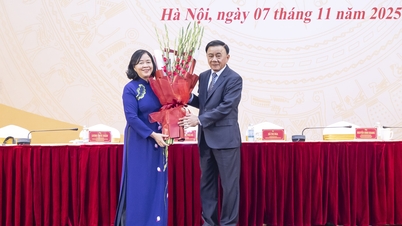








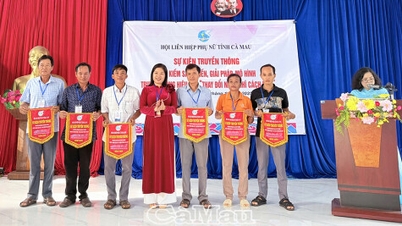

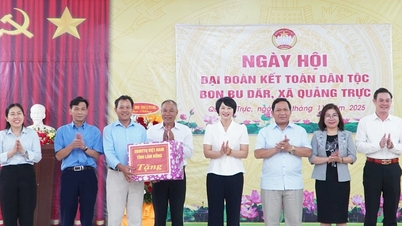













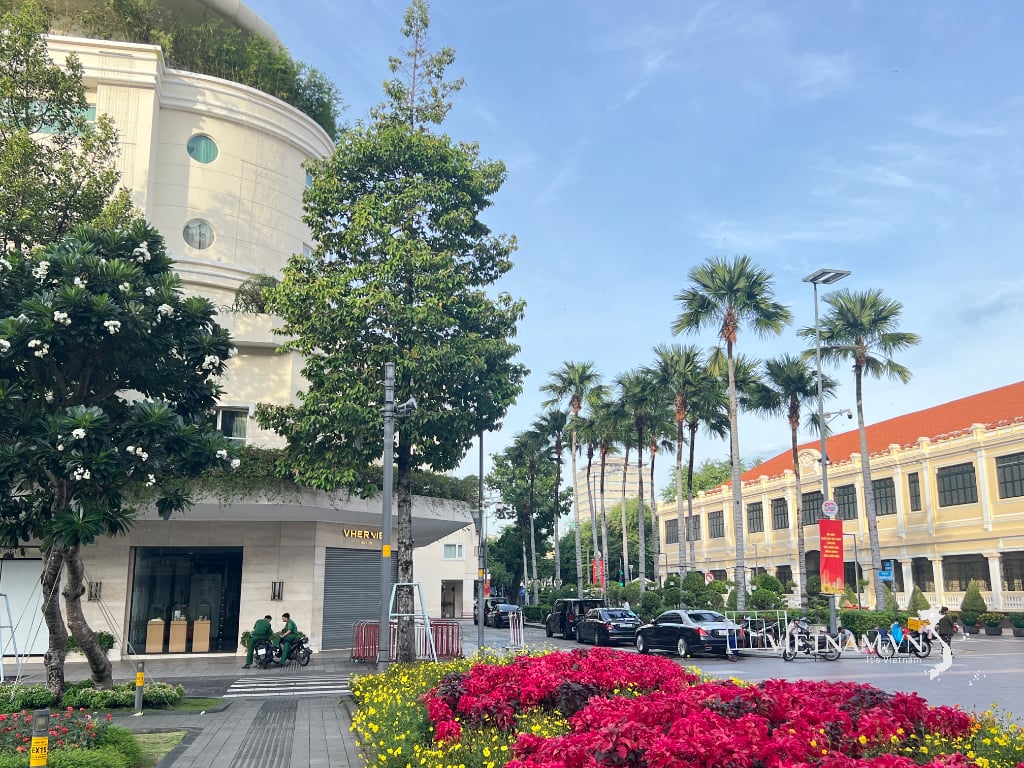
Comment (0)